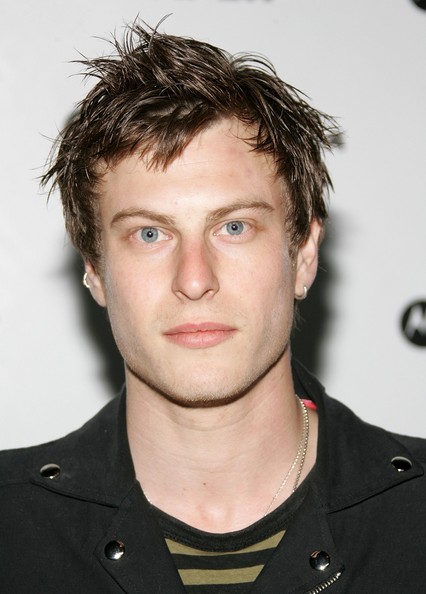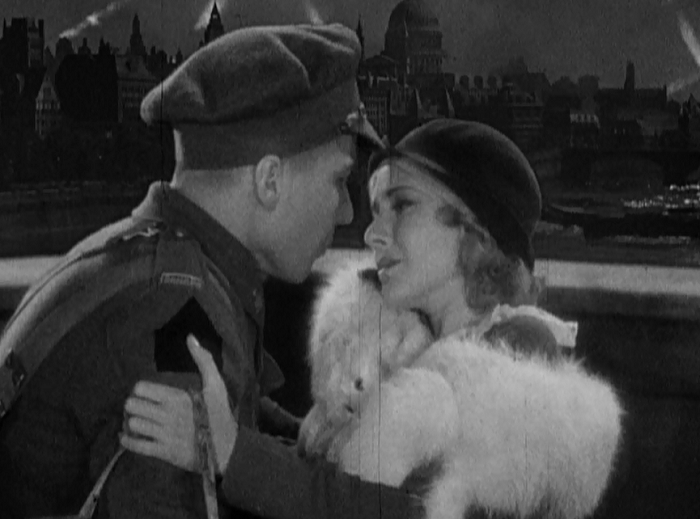 |
| Robin Williams casually stealing the whole movie |
On Monday, August 11, 2014 iconic actor and comedian
Robin Williams was found dead at his Tiburon California home as a result of
suicide. While the star’s death came as a shock to family, friends, and fans
alike, it would be a far greater tribute to Williams’ life to celebrate the
positive impact that his work had, rather than focus upon the emerging details
of his death. Throughout his career, Robin Williams endeared himself to fans of
both comedy and drama through his by turns hilarious, wise, and always likable
on-screen persona. In one of his greatest hits, Williams combined his range of
acting skills to create a performance that struck the ideal balance between
entertainment and emotion to create a truly enlightening and engaging character;
the 1997 coming of age drama Good Will
Hunting.
The story begins with long time delinquent and unrecognized
math genius Will Hunting (Matt Damon) working as a janitor at the Massachusetts
Institute of Technology. After self-assured math professor Gerald Lambeau
(Stellan Skarsgard) poses a difficult problem for his class at MIT to solve, he
is stunned when the problem is mysteriously solved on the board the next day
and none of his students claim credit. In order to challenge the unknown math
scholar, Lambeau follows up the original problem with an even more complex and
difficult problem that he is sure will go unanswered. To his astonishment
,however, Lambeau discovers Will solving the problem during his janitorial shift
that night. Rather than take credit for his accomplishment, Will flees when
spotted for fear that Lambeau will report him for taking time out of his shift
to solve the problem. That night, Will meets medical student Skylar (Minnie
Driver), and gets her phone number only to later be arrested for participating
in a bar fight. Rather than serve time, however, Will is given the
opportunity of a lifetime when Lambeau makes a deal with the police to exchange
Will’s jail sentence for time spent studying mathematics under his supervision
and receiving psychiatric treatment. Unfortunately
for Lambeau, Will is no simple case and the host of therapists he hires to
treat the young genius quit one by one until Lambeau is finally forced to
consult his former roommate and estranged friend, Sean Maguire (Robin
Williams). Through Sean’s guidance, and his budding relationship with Skylar,
Will ultimately realizes that there’s no accomplishment without adversity, as he
finally gains the courage to face his demons and chase the dreams he finally
has the courage to dare to dream.
 |
| A genius in his natural habitat; a dive-bar |
One of the most interesting aspects of this film is
the collaborative process that brought about its creation. Originally started as
part of a college assignment, the script was the brainchild of friends Matt
Damon and Ben Affleck, who later co-starred in the final film. After receiving
critiques from directors Rob Reiner and William Goldman, the pair obtained a
contract with Miramax through the influence of their friend, director/writer
Kevin Smith. Even after completion of the film’s script, the cast continued to
improvise, and alter the script's content. Many of the film’s most memorable moments including
Sean’s tale of his wife passing gas in her sleep and his closing reaction to
Will’s goodbye note, as well as the majority of Casey Affleck’s lines were improvised
during shooting. While improvisation can be a risky tactic, it clearly paid off
in this instance, as the lines bring a sense of spontaneity and authenticity to the otherwise
carefully measured story. Similarly, the personal nature of the project raised
the stakes for both Damon and Affleck in a way that released a passion and
skill from both actors that made the film the crowning achievement of both
their careers.
While the film features an excellent script and
cast, its greatest asset is Williams’ mesmerizing performance. Although he had
previously played the familiar archetype of inspirational teacher in Dead Poets Society, Williams takes the mentor
motif into refreshingly unfamiliar territory in his portrayal of Sean. Rather
than analyzing Will with endless questions like the other psychiatrists who
attempt to treat him, Sean instead stands up to Will’s defiance and tells his
own story. While unconventional, this method allows Sean to earn Will's trust and learn
about Will through an interactive experience rather than through the
predictable answers of a controlled interview. Perhaps even more notably, this
structure enables Williams to use his full range of acting skills as Sean
reveals the heartfelt tale of how he met his wife, the pain of losing her to
cancer, his childhood abuse, and the reasons that he wants to teach at a
community college even though he certainly doesn’t have to. These revelations
also reveal Sean to be a multi-faceted man who has strengths and faults that
make him entirely human and more relatable than the almost saintly Mr. Keating
of Dead Poets Society. This
complexity in turn makes Sean a more difficult character to play as Williams is
called upon to alternate between the wounded widower, wise teacher, and
challenging psychiatrist that make up Sean’s three dimensional character. In
each of his scenes, Williams is dynamic, engaging, and entirely believable
whether discussing his character’s past or offering powerful insight into
Will’s present and future. Through the subtlety and energy that he brings to
the role, Williams steals the film from star and co-writer Matt Damon, and
brings an added layer of depth to already intelligent script, making Good Will Hunting a true coming of age
classic.
Just one day after the news of Robin Williams’ death
was released to the public, an impromptu memorial was created for him at the
bench on Boston Common where Sean experiences his first breakthrough in his
relationship with Will. This memorial features memorable lines from the actor’s
films handwritten by fans, as well as memorabilia and flowers. The outpouring
from fans speaks volumes about the influence of both Good Will Hunting and Robin Williams upon the lives of countless
fans, and illustrates the enduring power of the actor’s work far better than any
article or review ever could. Now, we can only hope that Robin Williams has attained the
peace he was unable to find in life and appreciate the body of work he left
behind in which he inspired us to reach beyond our limits, seize the day, and
make our lives extraordinary.
 |
| RIP Robin Williams |








_08.jpg)












